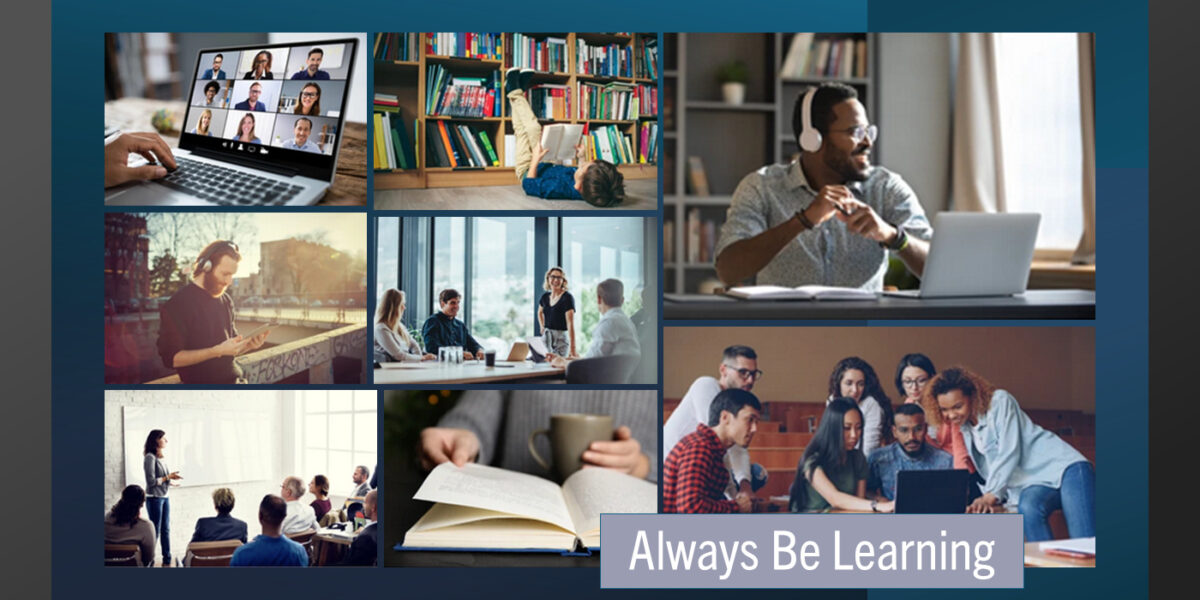If you Google “User Experience”, you will see multiple references to UX and UI. UX (User Experience) and UI (User Interface) are terms typically used within product development – and are both critical. But I think that too often, these are the guideposts that are used to define a good User Experience.
UX and UI can absolutely make or break the success of a given product. But that’s just one part of what I see as the full user experience. You can have the best product – with optimal UX and UI – and still fail.
In my opinion, the User Experience goes beyond the products involved. It’s everything a User goes through from the day they first discover you to whenever (if ever) you part ways. And if you succeed here – you may have a client for life.
Finding the Key Factors
Last week I shared with you some of my thoughts on the key factors that I believe are crucial to a successful – and complete user experience. They are Relationships, Process and Communication. I’ve found that without these, your solution initiative (and your user’s experience) will go down a rocky road – if it doesn’t fail outright.
Here are just a few of the experiences that have shaped my perspective on these key factors – and the user experience.
Know the User
I was pretty early in my career when I started doing project management. I was asked to lead an overhaul of the core business systems in our rapidly growing startup. These systems touched a number of departments – some of which had multiple offices including two overseas.
The overseas offices had been opened by staff from our headquarters that I knew and trusted. They offered to represent their offices on the project team as we upgraded and deployed a new component of the initiative.
Here’s the problem – these representatives thought that they knew how the people in their office used the old system / what they needed / what they didn’t need / etc. In reality, they didn’t – and then by extension, neither did I.
When it came to rolling out the solution, it became obvious – very quickly – that we really missed the mark for those locations. It was a nightmare. We overcame it with a lot of hands-on support, scrambled updates, extra hours – and mea culpa morning donuts & pizza lunches. The users eventually came around – but it took a VERY long time to repair the damage done.
The lesson: If you want ALL of your users to have a good experience – you need to be sure that you know ALL of them. Representatives are good – but I’ve since taken a Trust but Verify position when it comes to identifying users and their needs and perspectives.
It is worth it to build relationships with your users – and not just their managers. Get to know what they do and what their challenges are. Communicate with them – frequently, clearly and from multiple directions if you have to.
Navigation Nightmare
Early in my work for HL Group, we had the opportunity to work with some large agencies. One of the organizations leveraged a major ERP across all of their satellite locations.
These locations were not small. Each employed thousands of staff and had enormous budgets. However they all were mandated to use the same ERP – screens, processes, everything – to execute their work. Let’s just say that one size does not fit all. At least it didn’t in this case.
We were tasked to work at a handful of these different sites – and the work that we completed all needed to directly feed into the central ERP.
The users HATED the ERP – and anything associated with it. At the time, that included us. I didn’t really blame them. If you had to navigate around a dozen screens to receive an individual item into inventory, you would hate it too. The ERP had the impact of making tasks that were once quick and easy a time-consuming headache.
The lesson: The ERP wasn’t going anywhere – and it wasn’t going to change for each individual site. But what we found by getting to know the users and walking through their processes and challenges was that there were ways that we could alleviate some of their ERP challenges and still meet the requirements.
It took time, energy and resources to build trust, communicate what we could and couldn’t do, and then consistently deliver and support. But the investment paid off. Whenever we went to other sites – our reputation as a trustworthy team preceded us.
An Ideal
We wanted to bring in a new customer relationship management (CRM) solution. We looked at a variety of systems – some unknown, some globally known. It was an overwhelming process with all of the options available – even within a single solution in some cases.
Once I narrowed down my research, I called vendors to get a firm product list/configuration and a quote. One of the more frustrating vendors not only responded to my questions with “go check out our website” but “helpfully” sent me an email with 27 links – to their website. We didn’t go with them.
Less Annoying CRM (LACRM) gave us – hands-down – the best customer experience that I’ve ever had. They took the time to get to know us, directed us to what they thought would work in our environment, they were incredibly responsive to questions and they followed through on everything that they promised.
The lesson: Be like LACRM. They demonstrated the power of using all of the key factors. They built a relationship with us. And they took the time to understand our needs and worked with us as to how they could meet those needs. And their communication and responsiveness was fantastic. Our experience with them is a great model for an ideal User Experience.
And no, they didn’t pay me to say these things about them.
There are many more stories that I could share – and I’m sure that you have many, many of your own. What I’ve learned over the years is that those key factors may be an investment – but using them consistently will increase your ability to deliver a quality user experience. And who doesn’t want that?
____________________
Anne Hale is the Director of Client Services at HL Group, Inc., a premier provider of mobile inventory management, RFID and supply chain solutions. She manages our client engagements, helps with sales and marketing and can easily go into a solid geek spiral on all facets of User Experience.




